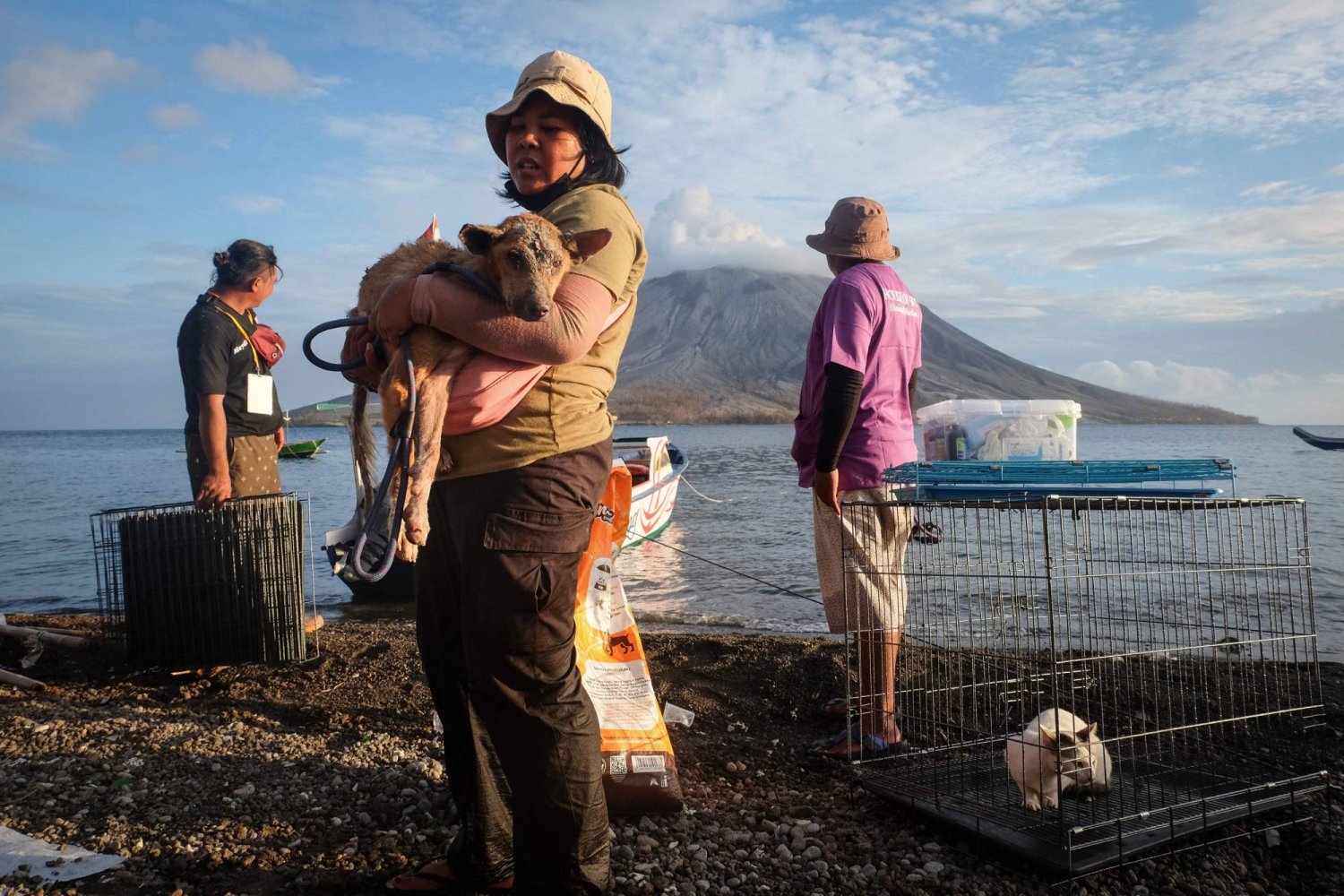The first film about confinement amid the pandemic is being written, and many other similar productions are expected to follow. The brain behind the idea is the French producer and actor Dany Boon known for his popular high-grossing movies. In an interview with the RTL television, he announced he is currently writing a movie about a residential building whose inhabitants are confined in order to avoid the Covid-19 infection.
Boon, 53, who was born to an Algerian father, is one of the most popular actors in France. In 2008, he starred and directed a movie named "Bienvenue chez les Ch'tis" (Welcome to the Sticks), which was seen by 20.5 million people, hitting an unprecedented number of views in the history of French cinema.
During the interview, Boon said the confinement weeks inspired him to make a new movie, and that he and his wife Laurence Arné are currently working on the script. They are taking advantage of their free time to create a fruitful work, he explained. The French director said he was surprised he managed to accept isolation and adapt to it in an unexpected way especially that his life was all about travel, work, festivals, and big events. Earlier this year, right before the coronavirus outbreak, he partook in the "Festival du film de comédie de l'Alpe d'Huez 2020", during which he introduced his latest movie "Le Lion" (The Lion).
Boon was also prepping to shoot a new movie this summer named "The Palm", however, the pandemic made him postpone the project and gave him a new idea. Like any other citizen in this world, the actor has spent confinement weeks with his small family waiting for life to return to normal, despite the persisting concerns linked to the virus.
The new movie highlights the daily life issues of the inhabitants of a Parisian residential building who found themselves banned from leaving their apartments. Each one of them has his own story, from the owners of small shops on the ground floor to the low-income residents living in the small rooms on the roof. The shooting is set to kick off once the lockdown ends, so the movie becomes ready for screening before the end of 2020.
















